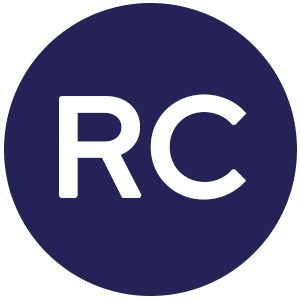There are myriad benefits hospitals can reap from real-time location system (RTLS), but your hospital’s CEO only cares about one: How will this technology affect our bottom line? In this post we’ll explain how data from an enterprise-wide, room-level-accurate RTLS can influence decisions that can impact your hospital’s budget to the tune of hundreds of thousands of dollars — or more.
Hospitals comprise one of the only industries that will sometimes base major purchasing decisions, not on data but on anecdotal evidence. For example, if hospital staff report to management that they don’t have enough IV controllers to do their jobs properly, management will frequently rubber-stamp a purchase or rental contract without thinking twice. But by acting on the detailed utilization data an RTLS can provide about your hospital’s mobile equipment fleet, you can avoid incurring those unnecessary costs.
Utilization is calculated based on your hospital’s quantity of available versus unavailable equipment. Available equipment is defined as anything clean, ready to use, and in a location your hospital has designated to staff as a pick-up place. Unavailable equipment is anything else — equipment that is in use with a patient, dirty and sitting in a hallway, idling in a soiled storage closet, waiting to be cleaned in the basement, etc. The utilization rate for any class of equipment represents the percentage of unavailable items your hospital has at any given time, as well as over time.
What does hospital equipment utilization data look like in action?
Imagine you have 1,000 IV controllers tagged at your hospital, and they cost $3,500 apiece. Over the course of the past year, your RTLS shows that the average utilization rate for those items is 60 percent. At its busiest moment (80 percent utilization), your hospital’s lowest quantity of available IV controllers is 200 units.
What does this hospital equipment utilization data tell you?
For starters, it shows that your hospital could meet all its clinical obligations at its busiest time and still have 200 pieces of equipment on standby. Doing some quick math, that means that your hospital had $700,000 tied up in IV controllers just sitting around, collecting dust.
What are some immediate decisions your hospital could make based on this data?
- You could sell half of your excess inventory—and still have a 100-item cushion during your hospital’s busiest time.
- You could place 100 of your surplus items into storage, creating a kind of “savings account” for IV controllers to insure against loss, theft, or breakage.
What are some financial implications for these data-driven decisions?
- If you choose to sell 100 IV controllers, you could immediately recoup as much as $350,000 — money that could help address other pressing needs in your hospital.
- Let’s say you don’t sell but rather store those 100 IV controllers. Over the next year, your RTLS shows that the utilization rate for your 900 remaining IV controllers has jumped to 70 percent overall, and 80 percent at its peak. However, you also lose or break 50 items.
Your choices are to:- Purchase 50 new items to replace the lost and broken items at a cost of $175,000.
- Do nothing. You know based on your peak utilization rate that even with 50 fewer IV controllers, you’ve got plenty of inventory to meet your clinical needs. You save your hospital $175,000 in purchases.
- Pull 50 items from the “savings” account of IV controllers you created last year. You save your hospital $175,000 in purchases.
The RTLS advantage for hospitals
As you can see, without an RTLS, you will make important financial decisions about your hospital’s mobile equipment fleet while essentially wearing a blindfold. But with an RTLS, you’ll benefit from insights about your hospital’s equipment utilization. You’ll be armed with information that’s potentially worth hundreds of thousands of dollars.
What’s more, with Cognosos’ enterprise-wide, room-level accurate RTLS, you don’t have to figure out how to interpret that data on your own. During quarterly business reports, your Cognosos team will help identify trends in utilization and other data points. They will recommend actions you can take based on the data and provide forecasts for the financial savings you can realize through those actions.
To learn more about the wealth of data a Cognosos RTLS can provide — and the hard-dollar savings your hospital can achieve — please read our related post, How To Make Data-Driven Asset Decisions With RTLS For Hospitals.



